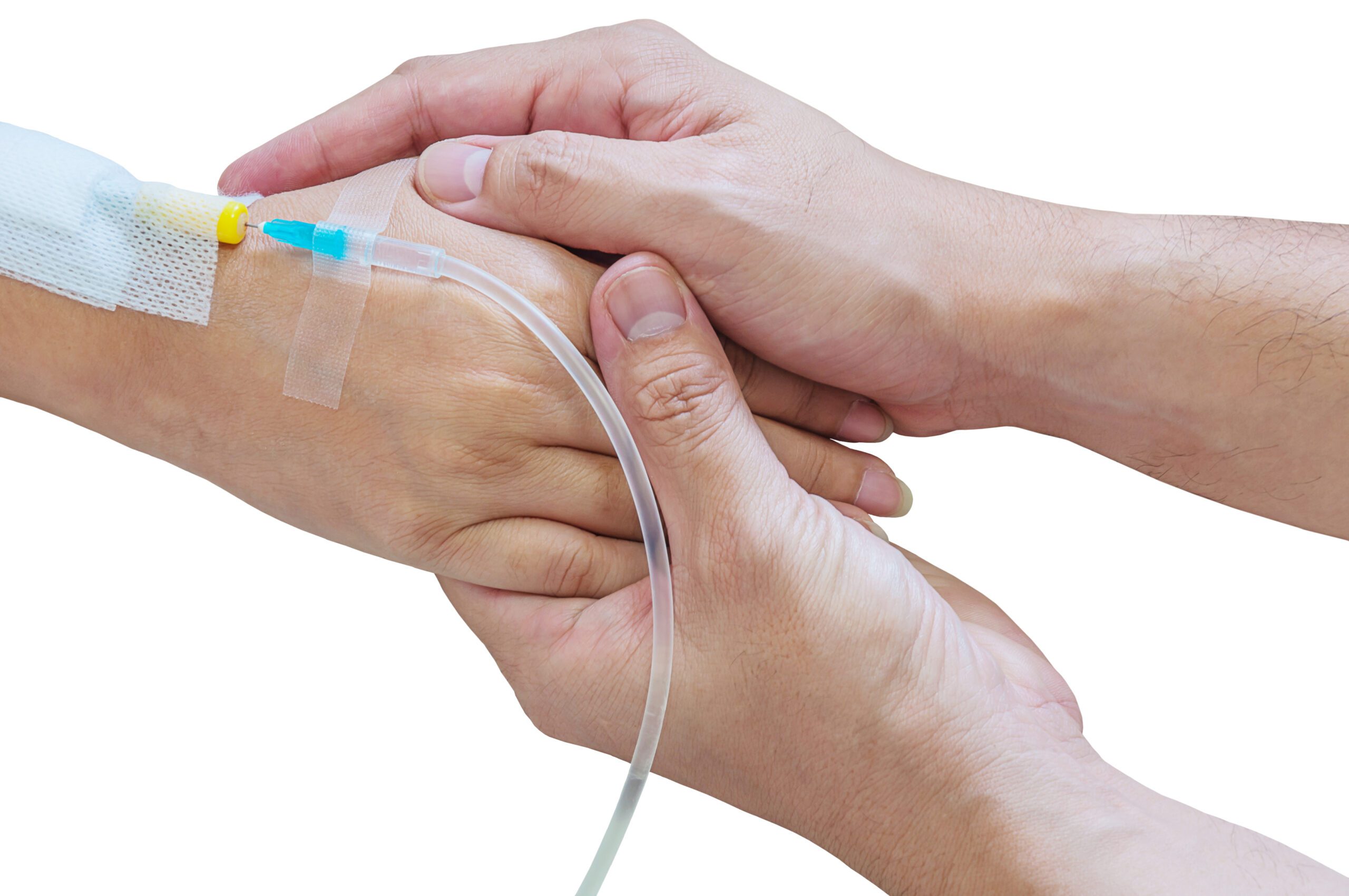Hemodialysis
Overview
During hemodialysis, blood is removed from the patient’s body through a tube and circulated through a dialysis machine. The machine uses a semipermeable membrane to filter out waste products and excess fluids, and then returns the cleaned blood back to the patient’s body through another tube. Hemodialysis is typically performed in a hospital or dialysis center and can take several hours per treatment.
Patients with end-stage renal disease (ESRD) may require hemodialysis three times per week to maintain their health. Hemodialysis can be performed in different ways, such as in-center hemodialysis, home hemodialysis, and nocturnal hemodialysis, depending on the patient’s needs and preferences.
Hemodialysis is a life-sustaining treatment that can improve the quality of life and extend the lifespan of individuals with kidney failure. However, it is not a cure for kidney failure, and patients with ESRD may require hemodialysis or other forms of renal replacement therapy for the rest of their lives.

Frequently Asked Questions
Hemodialysis is used to treat individuals with end-stage renal disease (ESRD) whose kidneys have lost the ability to function properly. Hemodialysis may also be used to treat acute kidney injury in some cases.
The frequency of hemodialysis depends on the patient’s needs and is determined by their healthcare provider. Most patients require hemodialysis three times per week, although the schedule may be adjusted based on the patient’s health status and other factors.
Hemodialysis treatment typically takes 3-4 hours per session. The duration may vary depending on the patient’s individual needs and the type of hemodialysis being performed.
Hemodialysis is generally safe, but there are some risks associated with the procedure. These can include low blood pressure, muscle cramps, infection, blood clotting, and bleeding. Your healthcare provider will take steps to minimize these risks and monitor you closely during hemodialysis.
Your healthcare provider will give you specific instructions on how to prepare for hemodialysis. This may include dietary changes, medications, and other lifestyle modifications. You will also need to undergo surgery to create an access site for the hemodialysis machine to connect to your bloodstream.
Yes, it is possible to travel while undergoing hemodialysis, although it may require some additional planning and coordination. Your healthcare provider can give you advice on how to travel safely while on hemodialysis.
During hemodialysis, you will be connected to a machine that filters your blood. You may experience some discomfort during the procedure, such as muscle cramps or nausea. You will be closely monitored during the procedure to ensure your safety.
Hemodialysis is a life-sustaining treatment that can improve the quality of life and extend the lifespan of individuals with kidney failure. However, long-term hemodialysis may also be associated with some complications, such as anemia, bone disease, and cardiovascular disease. Your healthcare provider will monitor you closely for these and other potential complications.
